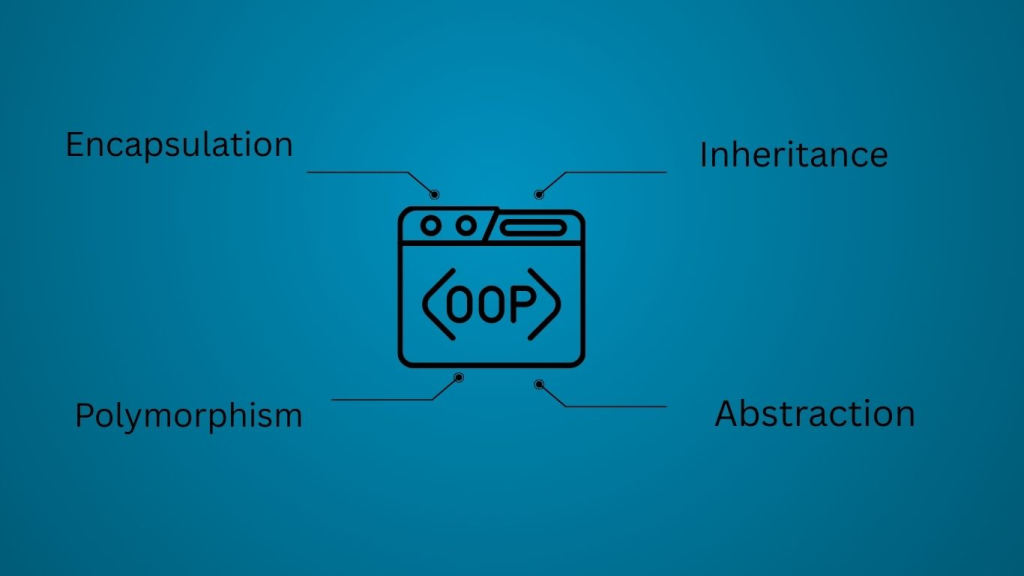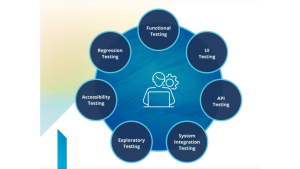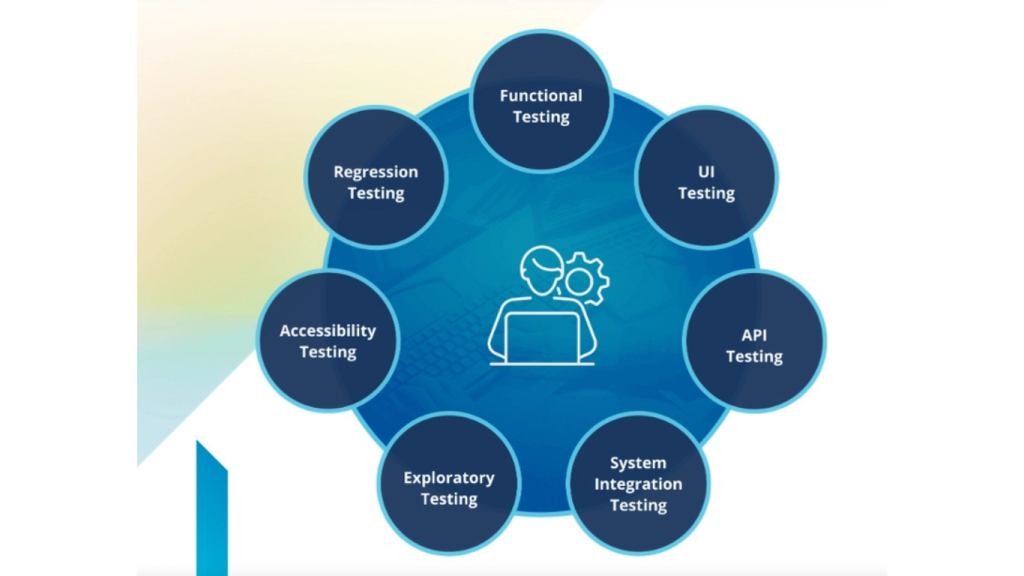Introduction
Are you curious about how software engineers build scalable applications? The answer often lies in Python OOP Concepts. Python is not only one of the most popular programming languages but also one of the easiest to learn. According to industry surveys, Python has consistently ranked as the top programming language for developers, data scientists, and AI professionals. If you’re considering a career in Python programming, mastering Object-Oriented Programming (OOP) is a vital step. In this guide, we’ll break down Python OOP Concepts with real-world examples and show why they are essential for every aspiring programmer.
What are Python OOP Concepts?
Python OOP Concepts (Object-Oriented Programming concepts in Python) help programmers write modular, reusable, and scalable code. Instead of solving problems with just functions and logic, OOP allows you to model real-world entities into classes and objects.
Why are OOP concepts important?
- Reusability: You can use the same code across multiple projects.
- Scalability: Applications can grow without breaking existing structures.
- Maintainability: Easier to fix bugs and add new features.
- Industry Demand: Most software projects, from mobile apps to enterprise systems, rely on OOP.
The Four Core Python OOP Concepts
The backbone of OOP consists of four main principles: Encapsulation, Inheritance, Polymorphism, and Abstraction. Let’s understand each with simple examples.

1. Encapsulation
Encapsulation means bundling the data (attributes) and the methods (functions) that operate on the data into a single unit called a class.
Example:
class BankAccount:
def __init__(self, owner, balance=0):
self.owner = owner
self.__balance = balance # private variable
def deposit(self, amount):
self.__balance += amount
return f"New Balance: {self.__balance}"
def withdraw(self, amount):
if amount <= self.__balance:
self.__balance -= amount
return f"Withdrawal successful! Remaining balance: {self.__balance}"
else:
return "Insufficient funds"
account = BankAccount("Alice", 1000)
print(account.deposit(500))
print(account.withdraw(200))Here, __balance is encapsulated inside the class, and you cannot access it directly from outside.
2. Inheritance
Inheritance allows a class to acquire properties and behaviors of another class.
Example:
class Vehicle:
def __init__(self, brand):
self.brand = brand
def show_brand(self):
return f"Brand: {self.brand}"
class Car(Vehicle):
def __init__(self, brand, model):
super().__init__(brand)
self.model = model
def show_details(self):
return f"Car Brand: {self.brand}, Model: {self.model}"
car = Car("Toyota", "Corolla")
print(car.show_details())Here, the Car class inherits from the Vehicle class.
3. Polymorphism
Polymorphism means “many forms.” It allows methods to do different things depending on the object that calls them.
Example:
classDog:
defsound(self):
return”Bark”
classCat:
defsound(self):
return”Meow”
animals = [Dog(), Cat()]
foranimalinanimals:
print(animal.sound())
Both Dog and Cat have the same method sound, but they behave differently.
4. Abstraction
Abstraction hides unnecessary details and shows only the essential features.
Example:
from abc import ABC, abstractmethod
class Shape(ABC):
@abstractmethod
def area(self):
pass
class Circle(Shape):
def __init__(self, radius):
self.radius = radius
def area(self):
return 3.14 * self.radius * self.radius
circle = Circle(5)
print("Circle area:", circle.area())Here, the abstract class Shape defines the structure, and Circle implements the details.
Real-World Applications of Python OOP Concepts

Web Development
Frameworks like Django rely heavily on Python OOP Concepts to structure applications. Models, Views, and Controllers are implemented as classes for better scalability.
Data Science & Machine Learning
Data pipelines, machine learning models, and preprocessors use classes to encapsulate functionality and ensure reusability.
Automation & Scripting
Automates repetitive tasks such as file handling, testing, and data extraction with ease.
Game Development
Characters, levels, and objects in a game are modeled as classes. For example, a game character can inherit features from a base class Character.
Banking and Finance Applications
Encapsulation helps secure sensitive information like account balances. Abstraction hides complex interest calculations from the user.
Desktop Applications
Builds GUI-based applications with frameworks such as Tkinter and PyQt.
Step-by-Step Guide to Implementing Python OOP Concepts
- Start Small: Create a simple class with attributes.
- Add Methods: Define functions inside the class.
- Implement Encapsulation: Use private variables to secure data.
- Use Inheritance: Extend features by creating subclasses.
- Practice Polymorphism: Write the same method in different classes.
- Apply Abstraction: Create abstract classes for design consistency.
Example Mini Project: Library Management System
class Book:
def __init__(self, title, author):
self.title = title
self.author = author
class Library:
def __init__(self):
self.books = []
def add_book(self, book):
self.books.append(book)
return f"Book '{book.title}' added to library."
def show_books(self):
for book in self.books:
print(f"{book.title} by {book.author}")
book1 = Book("1984", "George Orwell")
book2 = Book("Python Basics", "John Doe")
library = Library()
print(library.add_book(book1))
print(library.add_book(book2))
library.show_books()This simple project demonstrates the use of classes and objects.
Why Learn Python OOP Concepts?
- Companies demand developers with OOP skills.
- A strong grasp of OOP helps in interviews and coding tests.
- Python Online Training programs emphasize OOP for building real-world applications.
- OOP is a must-have skill if you aim for a long-term career in Python programming.
How Python Online Training Can Help
By enrolling in a structured python programming training course, you gain:
- Hands-on coding experience with OOP.
- Practical projects to showcase in your portfolio.
- Guidance from expert trainers.
- A python online course with certificate to prove your skills to employers.
Key Takeaways
- Python OOP Concepts are the foundation of professional programming.
- Encapsulation, Inheritance, Polymorphism, and Abstraction are the four core principles.
- Real-world projects like banking systems, games, and data pipelines rely on OOP.
- A Python Online Training program helps you master these skills.
Conclusion
Mastering Python OOP Concepts will set you apart in the tech industry. If you’re serious about building a successful career in Python programming, don’t wait. Enroll in H2K Infosys’ python programming training course today and get certified with our python online course with certificate.

























